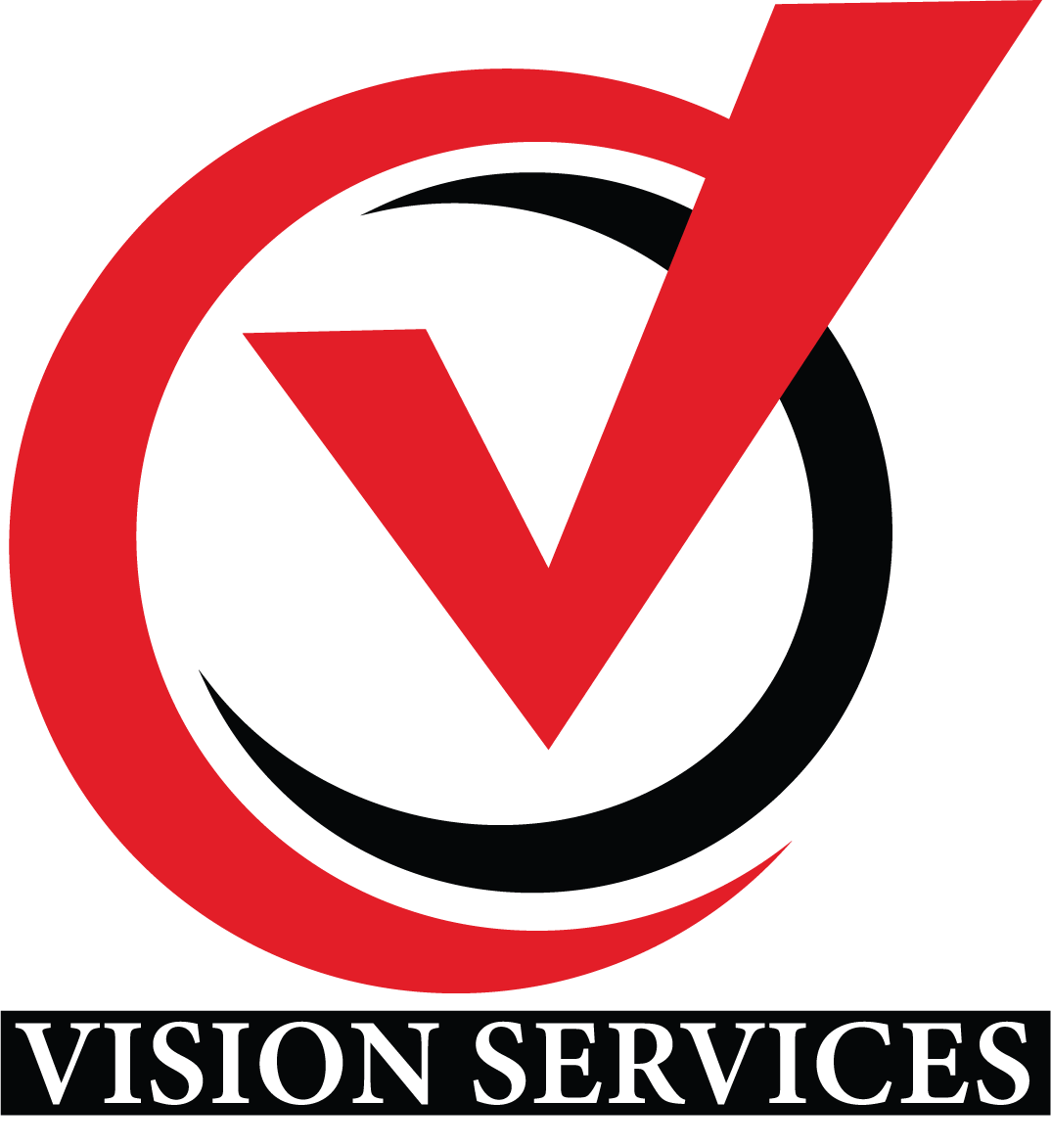In today’s fast-paced business environment, companies rely heavily on team productivity to achieve goals, drive innovation, and maintain competitiveness. Productivity is more than just completing tasks—it’s about optimizing effort, leveraging skills effectively, and creating an environment where teams can consistently deliver high-quality results. Implementing smart strategies to improve team productivity ensures sustainable performance, employee satisfaction, and long-term growth.
The Importance of Team Productivity
High-performing teams are the backbone of successful organizations. Productivity is vital for:
1. Achieving Strategic Goals
Teams that work efficiently help companies achieve business objectives faster, whether it’s launching a product, completing a project, or expanding into new markets.
2. Enhancing Employee Engagement
When employees see their contributions lead to measurable results, motivation and engagement increase, fostering a sense of ownership and commitment.
3. Driving Innovation
Efficient teams have time to explore creative solutions and experiment with new approaches rather than being consumed by routine tasks.
4. Delivering Client Satisfaction
Teams that work effectively provide consistent quality and timely delivery, enhancing customer satisfaction and loyalty.
5. Reducing Operational Costs
Productivity minimizes wasted effort, optimizes resource use, and reduces delays, ultimately lowering costs.
Key Strategies That Improve Team Productivity
1. Establish Clear Goals and Expectations
A team cannot be productive without clarity. Effective strategies include:
- Setting SMART Goals: Goals should be Specific, Measurable, Achievable, Relevant, and Time-bound.
- Breaking Projects into Manageable Tasks: Smaller tasks help teams track progress and maintain focus.
- Communicating Roles Clearly: Each member should understand responsibilities and expectations.
Clear objectives ensure that team members know what success looks like and how their work contributes to broader business goals.
2. Foster Effective Communication
Communication is critical to teamwork and productivity. Strategies include:
- Hosting regular team meetings to discuss updates, challenges, and progress.
- Using collaboration tools like Slack, Microsoft Teams, or Trello for real-time communication.
- Encouraging open feedback and dialogue to resolve issues promptly.
Transparent communication prevents misunderstandings and ensures all members are aligned.
3. Leverage Technology and Tools
Modern technology simplifies workflows and boosts efficiency:
- Project Management Platforms: Track tasks, deadlines, and responsibilities.
- Automation Tools: Automate repetitive or administrative tasks, freeing time for creative work.
- Analytics Dashboards: Monitor team performance and identify bottlenecks.
The right tools allow teams to focus on high-value work instead of administrative overhead.
4. Promote Collaboration and Teamwork
Collaboration enhances problem-solving and accelerates task completion. Strategies include:
- Encouraging cross-functional collaboration to leverage diverse expertise.
- Hosting brainstorming sessions for creative input.
- Creating shared goals to foster a sense of unity and accountability.
Teams that collaborate effectively can achieve more together than individual members working in isolation.
5. Implement Efficient Workflows
Streamlined processes reduce wasted effort and improve productivity:
- Use workflow mapping to identify and eliminate bottlenecks.
- Standardize processes with SOPs (Standard Operating Procedures) for consistent outcomes.
- Encourage continuous improvement by regularly reviewing workflows.
Efficient workflows allow teams to focus on strategic tasks and reduce time spent on redundant activities.
6. Prioritize Time Management
Time is a limited resource, and proper management enhances productivity:
- Use time-blocking to allocate dedicated periods for focused work.
- Encourage task prioritization based on urgency and impact.
- Minimize unnecessary meetings and distractions.
When teams manage time effectively, they complete tasks faster without compromising quality.
7. Support Employee Growth and Development
Teams are more productive when individuals have the skills to excel:
- Provide training programs to upgrade skills.
- Encourage mentorship and peer learning for knowledge sharing.
- Offer career development opportunities to motivate employees.
Investing in employee growth enhances capabilities and ensures teams are prepared for evolving challenges.
8. Recognize and Reward Achievements
Recognition fosters motivation and reinforces productive behavior:
- Celebrate milestones and accomplishments publicly.
- Offer performance-based incentives or bonuses.
- Provide opportunities for professional advancement.
Acknowledging contributions keeps morale high and encourages consistent performance.
9. Foster a Positive Work Environment
A supportive workplace boosts productivity:
- Promote work-life balance to prevent burnout.
- Encourage psychological safety, where employees feel comfortable sharing ideas.
- Create an environment with access to resources and tools needed to succeed.
Positive environments allow teams to focus on results rather than navigating workplace stress.
10. Monitor Performance and Provide Feedback
Regular performance monitoring ensures continuous improvement:
- Use KPIs (Key Performance Indicators) to measure output.
- Conduct weekly or monthly reviews to discuss progress.
- Provide constructive feedback to guide improvements.
Ongoing assessment helps identify challenges early and keeps productivity on track.
Case Study: Productivity Transformation
A software development company faced delays and quality issues due to unclear roles and inconsistent communication. They implemented several productivity strategies:
- Introduced project management software for task tracking.
- Defined clear roles and responsibilities for each team member.
- Implemented weekly progress reviews and feedback sessions.
- Offered technical training to enhance skills.
Results within six months:
- Project delivery times improved by 35%.
- Employee engagement scores increased significantly.
- Customer satisfaction rose due to timely and high-quality project completion.
This case demonstrates how structured strategies improve team productivity and overall business performance.
Measuring Team Productivity
To ensure strategies are effective, organizations should track:
- Output Metrics: Number of tasks completed or projects delivered.
- Efficiency Metrics: Time spent per task, resource utilization, and error rates.
- Engagement Metrics: Employee satisfaction and participation in team activities.
- Quality Metrics: Accuracy, client feedback, and consistency of work.
Monitoring these metrics allows continuous refinement of productivity strategies.
Benefits of Improving Team Productivity
For Organizations:
- Faster project completion and higher profitability.
- Improved quality and consistent delivery.
- Stronger competitive advantage in the market.
For Employees:
- Clear goals, responsibilities, and reduced stress.
- Skill development and career growth opportunities.
- Recognition and motivation to perform better.
For Clients:
- Timely delivery of quality services and products.
- Increased trust and long-term relationships.
- Improved overall satisfaction and loyalty.
Future Trends in Team Productivity
- AI and Automation: Routine tasks will be automated, allowing teams to focus on high-value work.
- Remote and Hybrid Productivity Tools: Collaboration platforms will enhance productivity for distributed teams.
- Employee Wellbeing Programs: Mental and physical health initiatives will support sustained performance.
- Data-Driven Insights: Analytics will guide resource allocation and process improvement.
- Upskilling and Continuous Learning: Regular training ensures teams remain adaptable and productive.
Conclusion
Implementing strategies that improve team productivity is essential for organizations seeking sustainable growth. By focusing on clear goals, effective communication, collaboration, workflow optimization, and employee development, businesses can build high-performing teams capable of achieving exceptional results.
Productive teams not only deliver faster and more accurately but also innovate, engage positively with stakeholders, and foster a thriving workplace culture. Investing in team productivity is an investment in long-term success, competitiveness, and operational excellence.
In today’s fast-paced business world, productivity is not about working harder—it’s about working smarter, leveraging skills, and creating an environment where teams can consistently perform at their best.





